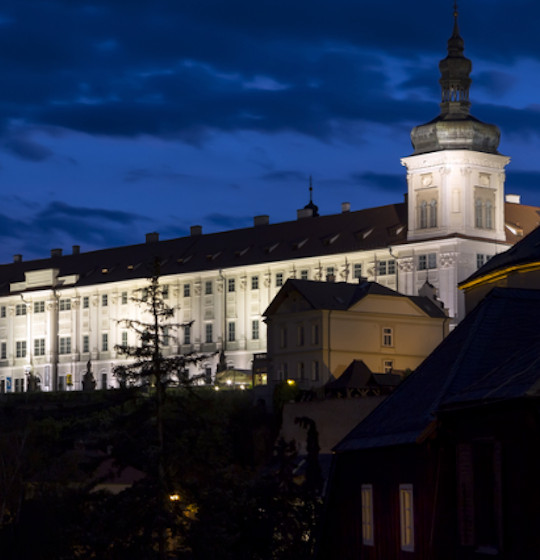
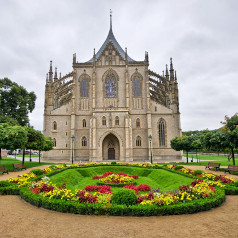

The City of Silver
Kutná Hora
This beautiful Central Bohemian town has been a UNESCO World Heritage Site since 1995. Due to its silver mining, it was one of the most important Czech royal towns in the Middle Ages and was even called the silver treasury of the Kingdom of Bohemia. In the 13th century, Kutná Hora provided the entirety of Europe with about one third of its silver demand. The town also possesses a picturesque historic center.
Take advantage of our services
- A van of our offering
- Professional driver on request
- Foreign language interpreter and/or a guide
- Fast Wi-Fi connection on board the car
- A variety of amenities to make your trip more enjoyable
- Refreshments for the journey
Contact us
Mgr. Tomáš Hušek
+420 605 771 640
This email address is being protected from spambots. You need JavaScript enabled to view it.
This email address is being protected from spambots. You need JavaScript enabled to view it.
The sights of Kutná Hora
What we recommend visiting
The distance from Prague to Kutná Hora is about 70 km, about 1 hour by car. And once you’re in town, it is almost obligatory to visit these sights.
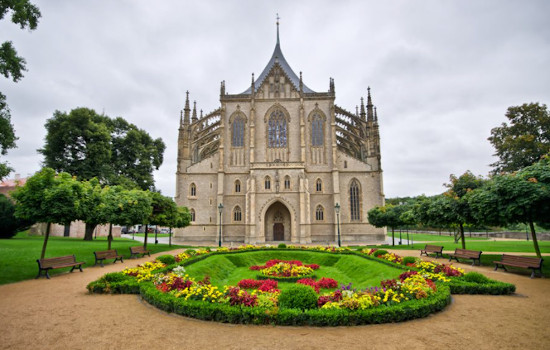
St. Barbara’s Church
St. Barbara's Church, a UNESCO World Heritage Site, is the second largest and the second most important Gothic sanctuary in the Czech Republic right after St. Vitus’ Cathedral located within Prague castle. The construction, led by Peter Parléř and his craftsmen, lasted more than 150 years. After his death, the construction continued to be led by Matěj Rejsek, and, finally, by Benedikt Ried, responsible for the three-aisled nave vaulted with a bold stars and circular ribs.
Jesuit College
The Baroque building constructed between the years 1667 through 1700, located between Hrádek and St. Barbara’s Church, was designed by the Italian architect Domenico Orsi. You may find a gallery of Baroque sculptures from the years 1703 through 1716 positioned in front of the magnificent façade reminiscent of an Italian palace. Since 2010, the Jesuit College has served as the headquarters of the Central Bohemian Region Gallery. You may be happy to learn that it is open year-round and focuses on 20th and 21st century art.
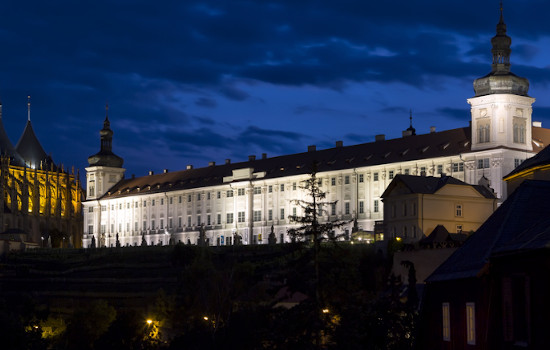
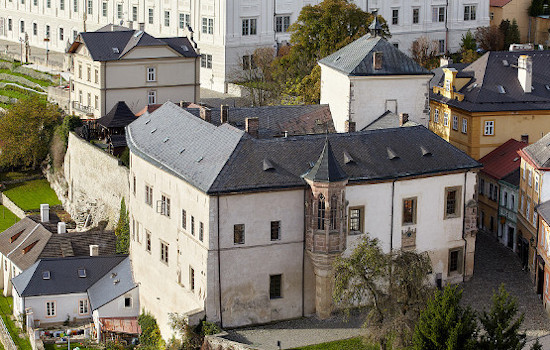
Hrádek
Kutná Hora grew both out of and on silver and on silver. Its streets and houses were built spontaneously at the junctions of individual shafts. Hrádek was originally a fortress built at the end of the 13th century. Around the year 1400, it was rebuilt to become the town’s main castle. In the following years of 1485 through 1504, it was again rebuilt and converted into a splendid representative of late Gothic palaces, commemorating the time of its former glory. Nowadays, Hrádek hosts the Czech Silver Museum where you can, among other things, visit a real silver mine.
The ossuary of Sedlec
A former Cistercian monastery with an important Gothic Church of the Assumption of Our Lady and Saint John the Baptist, was rebuilt between the years 1702 and 1709 into the Baroque-Gothic style. Nearby stands the cemetery church of All Saints notoriously renowned for its ossuary, the largest one in the Czech Republic, containing the remains of nearly 30 000 victims of plague and war. There is an altar made out of bones and skulls, a Schwarzenberg emblem of similar qualities and a chandelier containing all the bones found in the human body.


